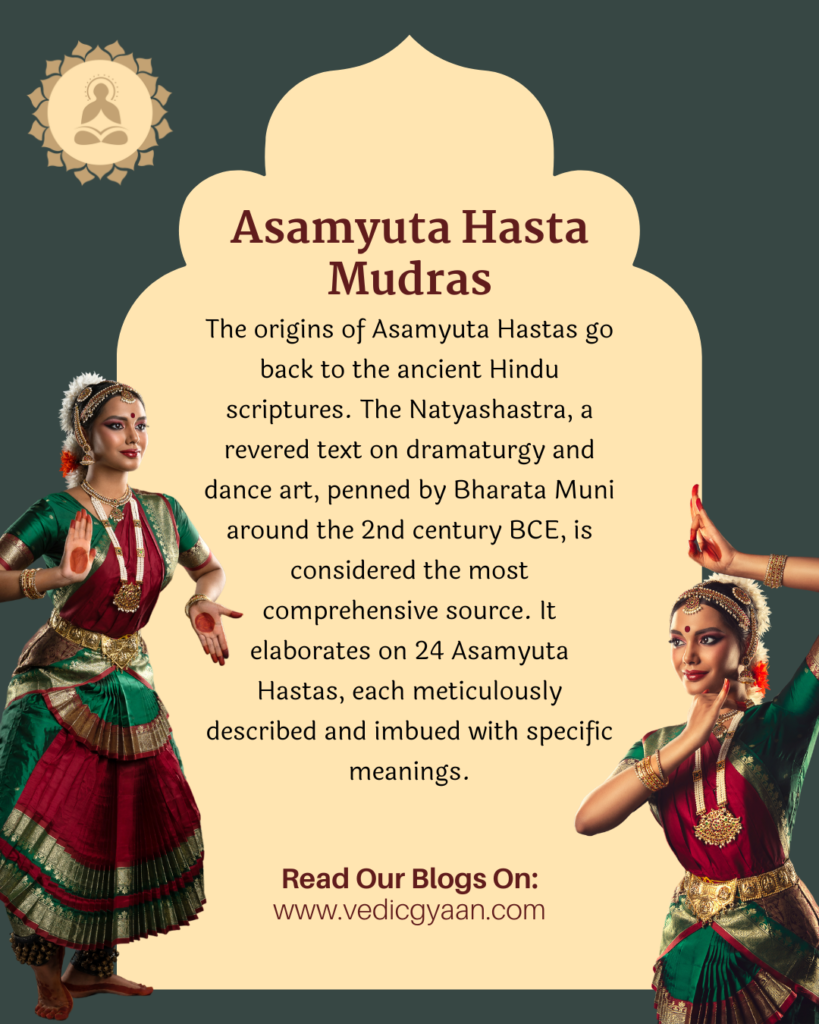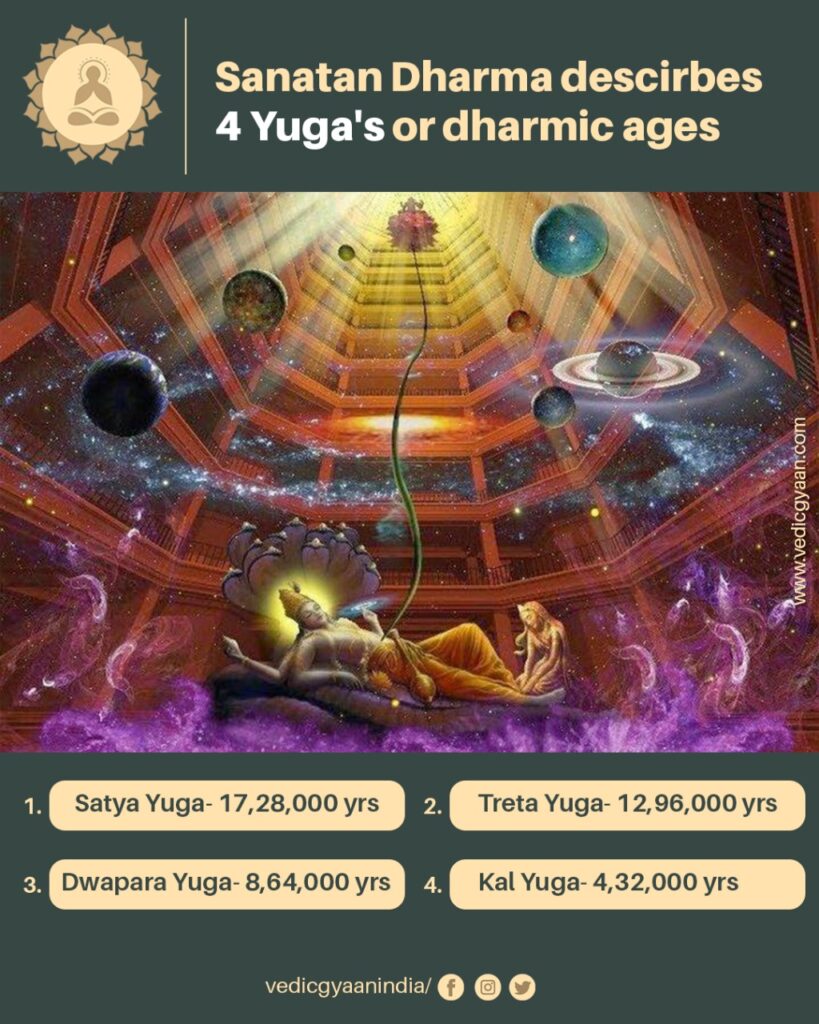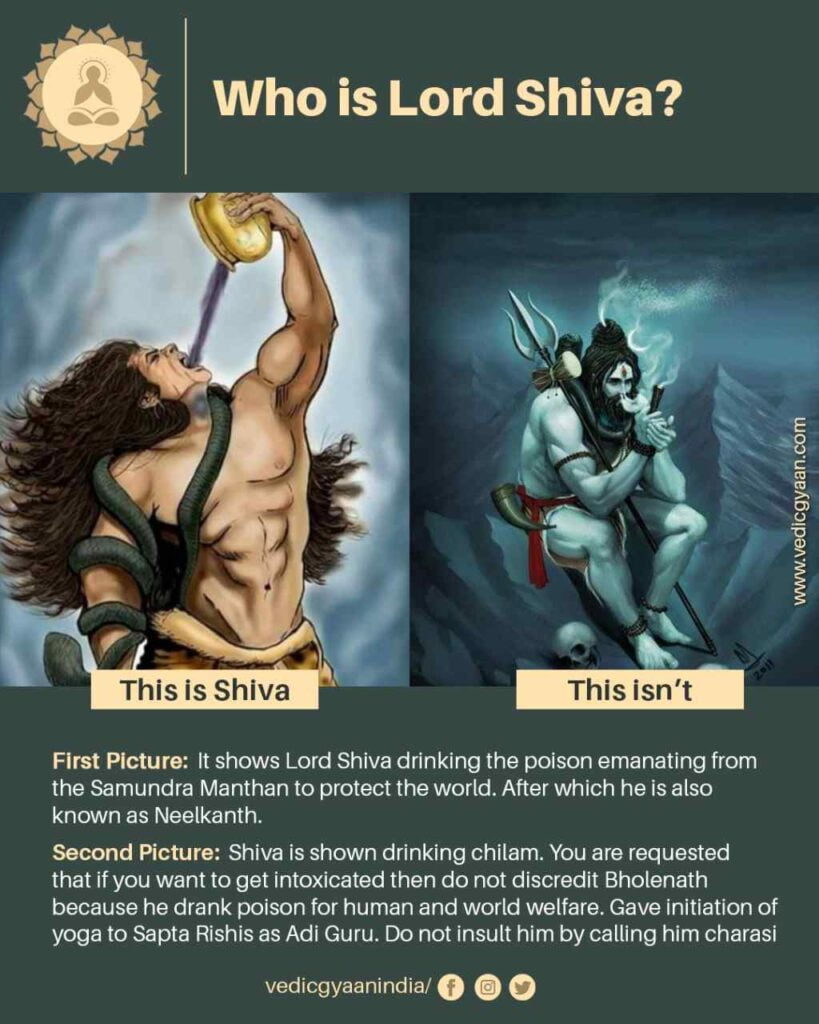Communication through hand gestures is a fascinating aspect of human history, and is one of our earliest forms of expression. Long before spoken language evolved, humans relied on hand signals and movements to convey their thoughts and needs. Even today, despite the power of spoken language, gestures remain an essential part of our communication toolbox.
In the captivating world of Indian classical dance and yoga, hand gestures, known as mudras, hold immense significance. Further, they enhance the visual storytelling and channel subtle energies, deepening the yogic experience. From ancient Vedic rituals to classical dance performances, mudras add a layer of symbolism and meaning to these practices. Let’s explore the fascinating realm of Asamyuta Hasta Mudras, the single-hand gestures that unlock a treasure trove of expressions and symbolism.

Asamyuta Hastas in Natyashastra
The origins of Asamyuta Hastas go back to the ancient Hindu scriptures. The Natyashastra, a revered text on dramaturgy and dance art, penned by Bharata Muni around the 2nd century BCE, is the most comprehensive source. It elaborates on 24 Asamyuta Hastas, each meticulously described and imbued with specific meanings. The Abhinaya Darpana, another significant text by Nandikeshwara (11th-12th centuries CE), delves deeper into 28 Asamyuta Hastas, enriching our understanding of these expressive hand positions.
A Glimpse into the Asamyuta Hasta Mudras
Some of the most prominent Asamyuta Hasta Mudras, their symbolic interpretations, and the Sanskrit shlokas (verses) associated with them in the Natyashastra:
- Pataka Mudra (Flag)
- Meaning: Represents victory, firmness, respect, and offering.
- Shloka: “Pataka dhwaja stthapitam, karatalena supinatna.” (Natyashastra) – The hand is held supinated (palm facing upwards), with fingers extended and together, resembling a flagpole.
- Trishula Mudra (Trident)
- Meaning: Symbolizes Lord Shiva’s trident, signifying power, protection, and warding off evil.
- Shloka: “Kanishthika madhyama vrttau, tarjani samsthapita.” (Natyashastra) – The index finger points upwards, held between the middle and ring fingers, while the thumb and pinky finger extend outwards.
- Kapittha Mudra (Unripe Mango)
- Meaning: Represents an unripe fruit, signifying immaturity, a bud, or a fist holding a small object.
- Shloka: “Angushtha madhyama vrttau, trushtena tarjani tatha.” (Natyashastra) – The middle finger bends, touching the base of the thumb, while the index finger and pinky finger extend slightly.
- Ardha Chandra Mudra (Half Moon)
- Meaning: Represents the crescent moon, signifying beauty, grace, and offering.
- Shloka: “Angushtha trtiya vrttau, kanishthika samsthapita.” (Natyashastra) – The thumb touches the base of the middle finger, while the index and ring fingers curve gently, forming a crescent shape. The pinky finger extends outwards.
- Kataka Mudra (Saw)
- Meaning: Represents a saw, signifying cutting, separation, or sawing an object.
- Shloka: “Kanishthika madhyama vrttau, tarjani samsthapita angushtha samsarpitam.” (Natyashastra) – The index finger extends straight, while the middle and ring fingers bend inwards, touching the thumb. The pinky finger remains extended.
Beyond the Basics: Unveiling the Nuances
The beauty of Asamyuta Hasta Mudras lies in their versatility. While the core meanings provide a foundation, ancient texts like the Natyashastra offer further guidance through “Viniyoga Slokas”. These specific verses suggest the appropriate use of each mudra in various theatrical and dance contexts. Additionally, the performer’s intention and subtle variations in hand position can further refine the expression.
The Art of Communication in Yoga
Asamyuta Hasta Mudras play a vital role in yoga as well. It acts like a bridge between the practitioner’s mind and body, enhancing focus and directing energy flow during specific asanas (postures). For instance, the Pataka Mudra, symbolizing firmness, can be used in Virabhadrasana (Warrior Pose) to cultivate inner strength. Similarly, the Ardha Chandra Mudra, representing grace, can be incorporated into Tadasana (Mountain Pose) to refine posture and balance.
A Symphony of Movement and Meaning
Imagine a scene depicting Lord Shiva’s cosmic dance. The dancer, adorned with intricate makeup and vibrant attire, uses the Trishula Mudra (Trident) to represent his divine power. As the music crescendos, the dancer transitions to the Gaja Hasta Mudra (Elephant Trunk), symbolizing wisdom and removing obstacles. The audience is transported to a celestial realm, experiencing the story visually and through the profound language of hand gestures.
Beyond the Stage: The Enduring Legacy
The significance of Asamyuta Hasta Mudras extends beyond performance arts. Further, It is present in traditional Indian paintings, sculptures, and even temple architecture, conveying symbolic messages and enriching the narrative. For instance, a statue of Lord Vishnu holding the Pataka Mudra might signify his victory over demons, and a painting of a celestial musician playing a flute might depict the Venu Mudra (Flute), symbolizing divine melody.
Modern Interpretations: Expanding the Horizons
While Asamyuta Hasta Mudras are deeply rooted in tradition, contemporary artists and yoga practitioners are finding innovative ways to integrate them into their practices. Modern dance performances might incorporate these mudras to create new narratives, while yoga instructors might design sequences that combine specific postures with Asamyuta Hastas for a more holistic experience.



